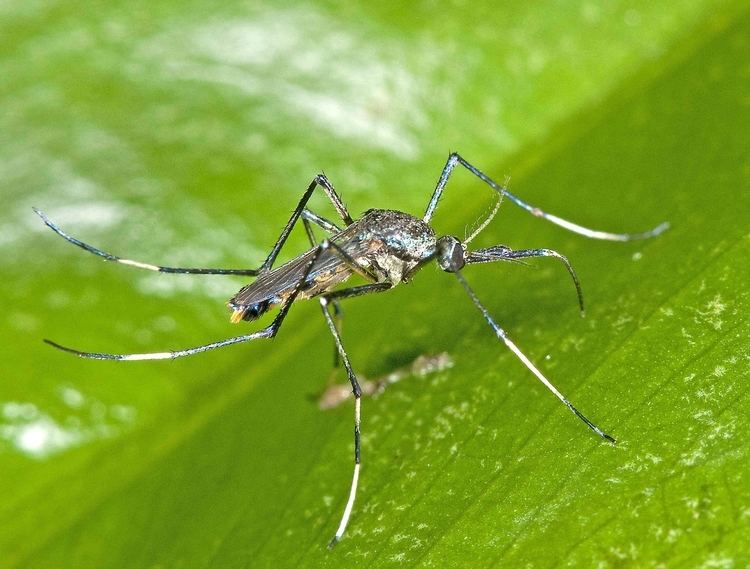Rank Genus | Scientific name Toxorhynchites Higher classification Mosquito Order Fly | |
 | ||
Similar Mosquito, Fly, Insect, Culicinae, Psorophora | ||
Philippine toxorhynchites
Toxorhynchites, also called "elephant mosquito", or "mosquito eater" is a cosmopolitan genus of mosquitoes. The genus includes the largest known species of mosquito, and it is among the many kinds of mosquito that do not consume blood. The adults subsist on carbohydrate-rich materials, such as honeydew, or saps and juices from damaged plants, refuse, fruit, and nectar.
Contents
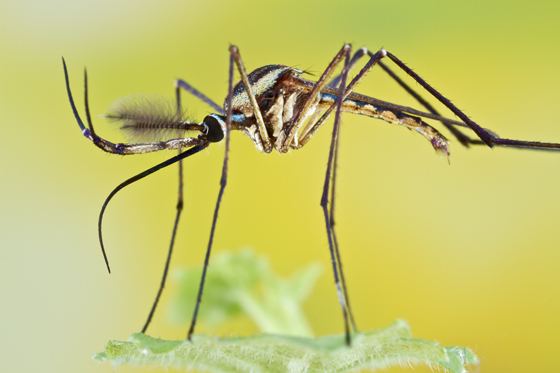
The larvae of Toxorhynchites prey on the larvae of other mosquitoes and similar nektonic prey. In this respect, they contrast with blood-sucking species of mosquitoes. Toxorhynchites larvae live on a protein- and fat-rich diet of aquatic animals such as mosquito larvae. They have no need to risk their lives sucking blood in adulthood, having already accumulated the necessary materials for oogenesis and vitellogenesis.

Most species occur in forests. The larvae of one jungle variety, Toxorhynchites splendens, consume larvae of other mosquito species occurring in tree crevices, particularly Aedes aegypti. The adults of these mosquitoes are larger than Aedes and are harmless to humans.
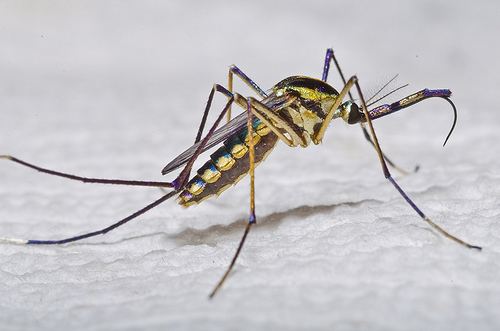
Unlike Toxorhynchites mosquitoes, detritus feeder mosquitoe female larvae rely on blood meals to produce eggs more plentifully than a diet of nectar would permit. And even though blood sucking is a risky strategy that entails more casualties, and they could in principle subsist on nectar and the like as their males generally do, the risk is outweighed on average by the increase in the number and size of yolk-rich eggs that such protein-rich food permit.
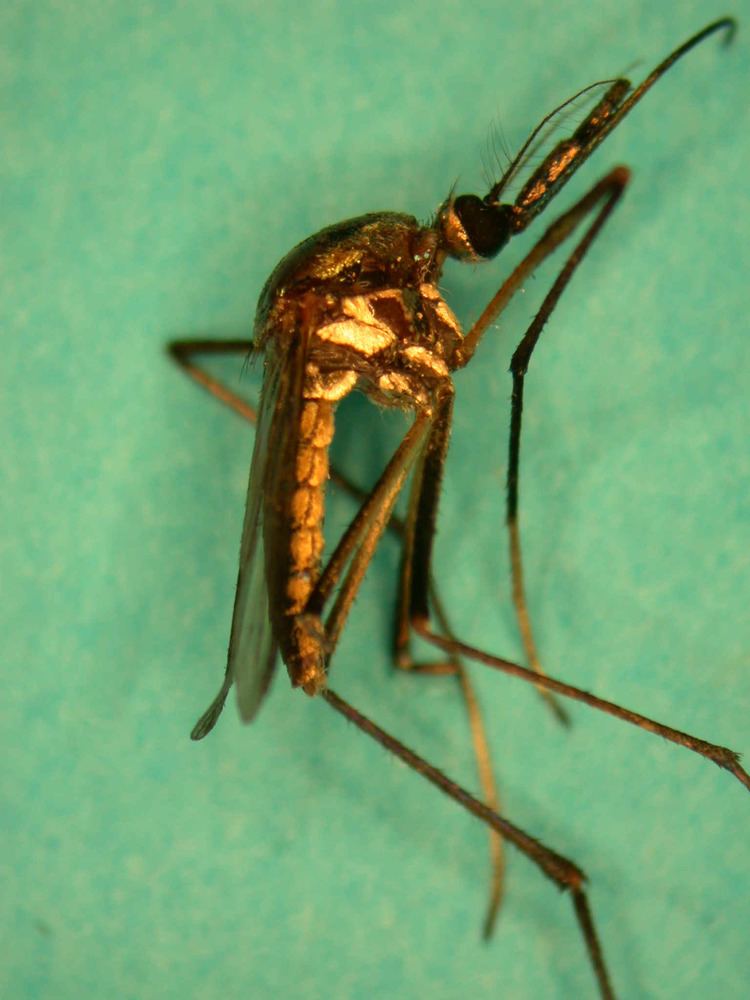
Environmental scientists have suggested that Toxorhynchites mosquitoes be introduced to areas outside their natural range in order to fight dengue fever. This has been historically practiced, nevertheless errors have been made, when T. splendens was introduced to new areas, but actually was T. amboinensis.
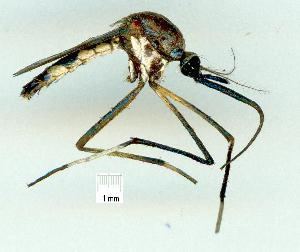
Species
The genus Toxorhynchites is divided into 4 subgenera and contains 92 species:

